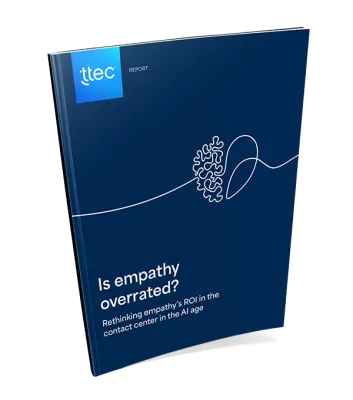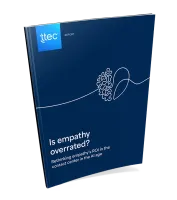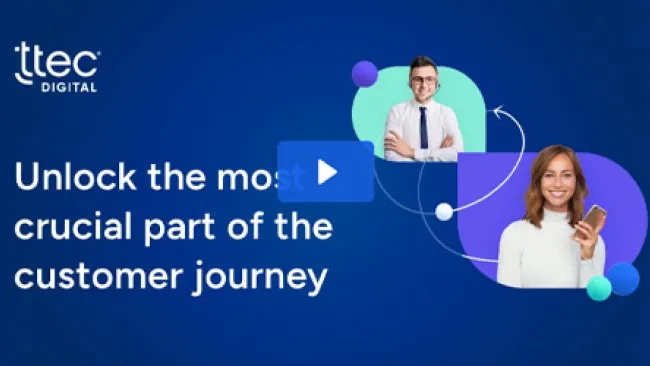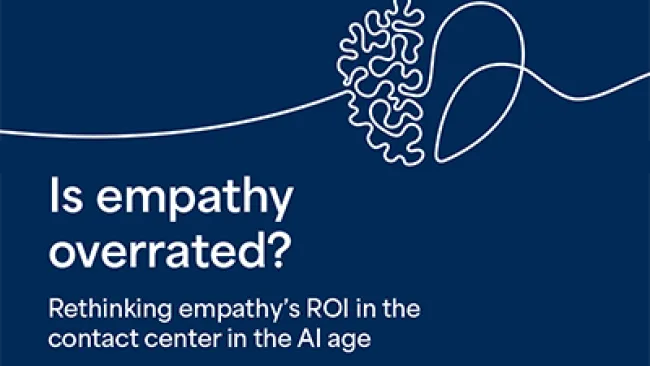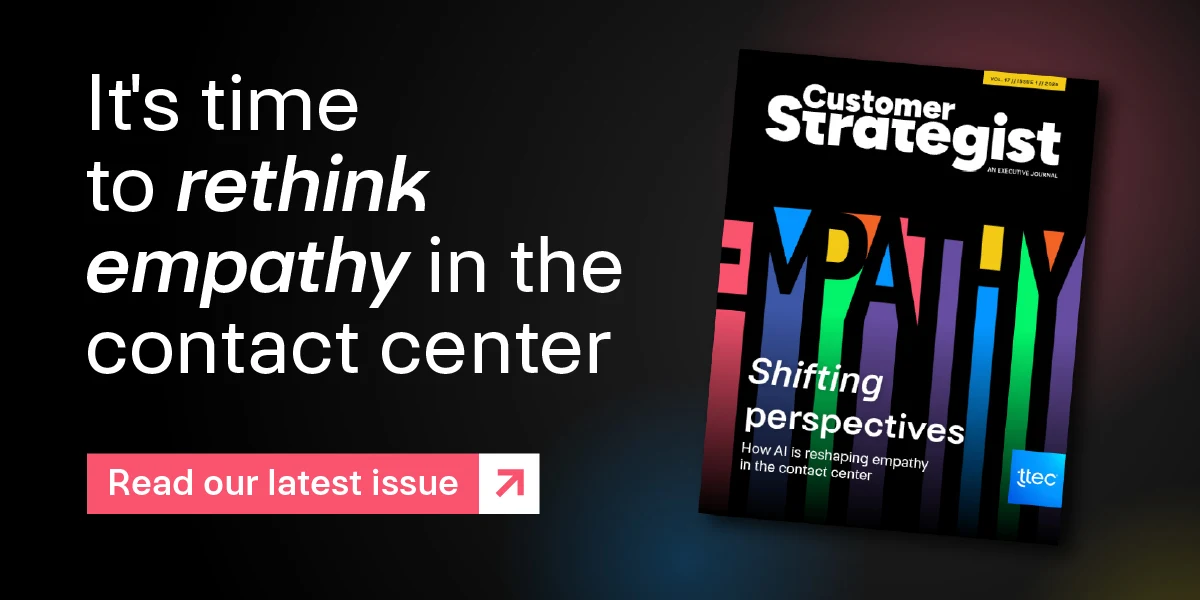It's easy to talk about customer centricity, but difficult to actually implement it. Yet many banks are taking steps to get closer to companies. The results mean stronger relationships and a healthy financial picture.
Akbank's Customer Experience Improvements Add Millions in Profit
The Turkish bank had been collecting huge amounts of data from its customer database: it holds more than 19 million records of customers and sees up to 6 billion transactions every year over eight channels, including the branches, call center, ATM transactions, Internet, and mobile banking. Making sense of this huge amount of data was challenging.
Akbank set up a cross-functional team made up of members from the CRM, strategy, marketing business, operations, and IT departments. The CRM doubled.
The initiative provided Akbank with additional information on which to make decisions with customer insight. Sales and marketing, as well as strategy and operations teams benefited from continuous insights. The analytics team ran various customer segmentation models every quarter, changing the services per any changes in customer behavior. Net Promoter Score increased by 43 percent between January and December 2012, while customer complaints decreased by 6 percent.
The bank also implemented geocoding technologies into its data initiative, including geographical coordinates for 42 million customer addresses, 300,000 merchants, 950 bank branches, and 3,750 ATMs, and 800,000 points of interests.The insights allowed Akbank to optimize its network, develop new mobile applications for customers, and help in segmentation and analysis. Akbank launched a pilot customer acquisition campaign in the last quarter of 2012, leading to 52,000 calls with a response rate of 27 percent.
Akbank invested around €1.5 million in the initiative, which resulted in approximately €3.6 million in profits in 2012, an ROI of around 140 percent in the first year based on a three-year period. Between January 2012 and January 2013 the initiative helped Akbank increase the cross-sell ratio of active customers by 3.4 percent, equivalent to 1.6 million new products for active customers. Cumulative customer profitability went up by almost 18 percent, generating an extra €287 million in gross profits last year. Customer retention ratio has also gone up from 17 to 18 percent.
Note: Akbank is a 2013 Gartner & 1to1 Media CRM Excellence Award Winner.
BNP Paribas Focuses on Relationship Intensity
Customer centricity is based on the notion that customers are the most important part of business at BNP Paribas, says Nicolas Houdant, head of change management and benchmark industries for the European bank. In fact, the company has literally built its business around customers. "Client segments are more important than silos," he says. "All business lines and all silos are shared by all clienteles." He notes that this business model is unique, because it is independent of channel or country boundaries. Business is instead organized around customer groups.
"This customer-centric model guarantees that the service that is delivered is of good quality and that it allows raising the number of interactions," Houdant says. It feeds an important KPI—number of interactions—which is defined as the number of interactions between a personal advisor and a client. "This is what they call relationship intensity," he adds. "Only high relationship intensity allows more client satisfaction, hence more sales, hence more profits."
The goal is not to sell a product; it's to make sure there are a sufficient number of interactions, depending on the segment the client is in. Other customer KPIs that are tracked include customer satisfaction, recommendation, and intensity of interactions.
"It's all about finding relevant, proactive interaction opportunities," Houdant says. "And these come mostly from the moments of truth." BNP Paribas collects and analyzes lots of data to enable such insight. All interactions, whatever the channel used, are recorded in the system.
BNP Paribas also focuses on empowering employees to be customer centric. All managers are assessed according to four parameters: client focus, people care, lead by example, and risk awareness entrepreneurship. In addition, personal advisors are rewarded for any sale that is performed, whatever the channel. "Once again, what's important is not the product itself, but its usage," Houdant says.


